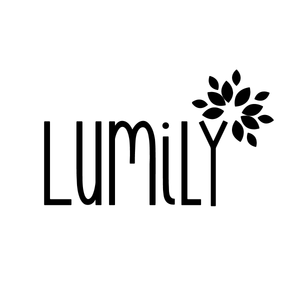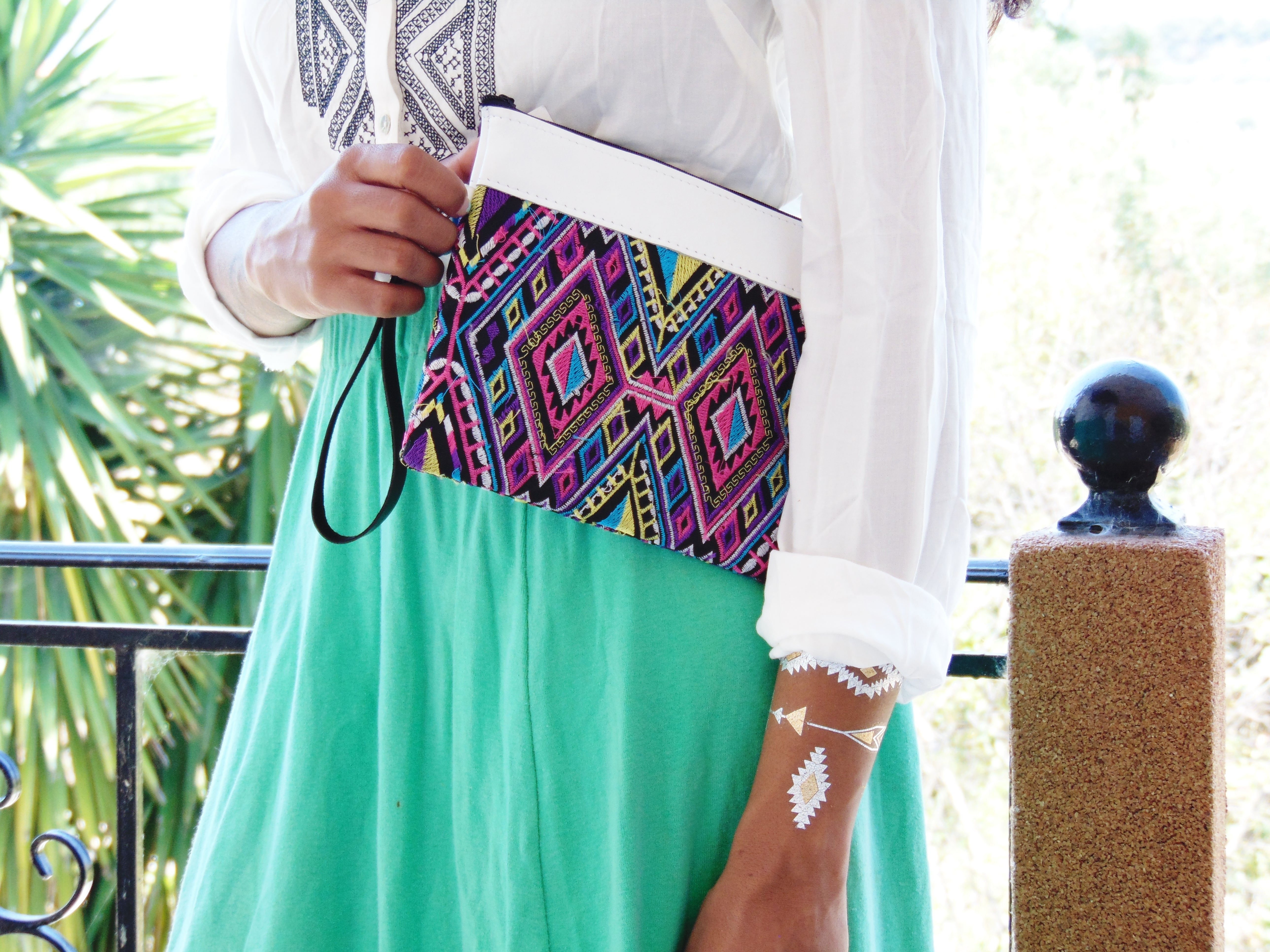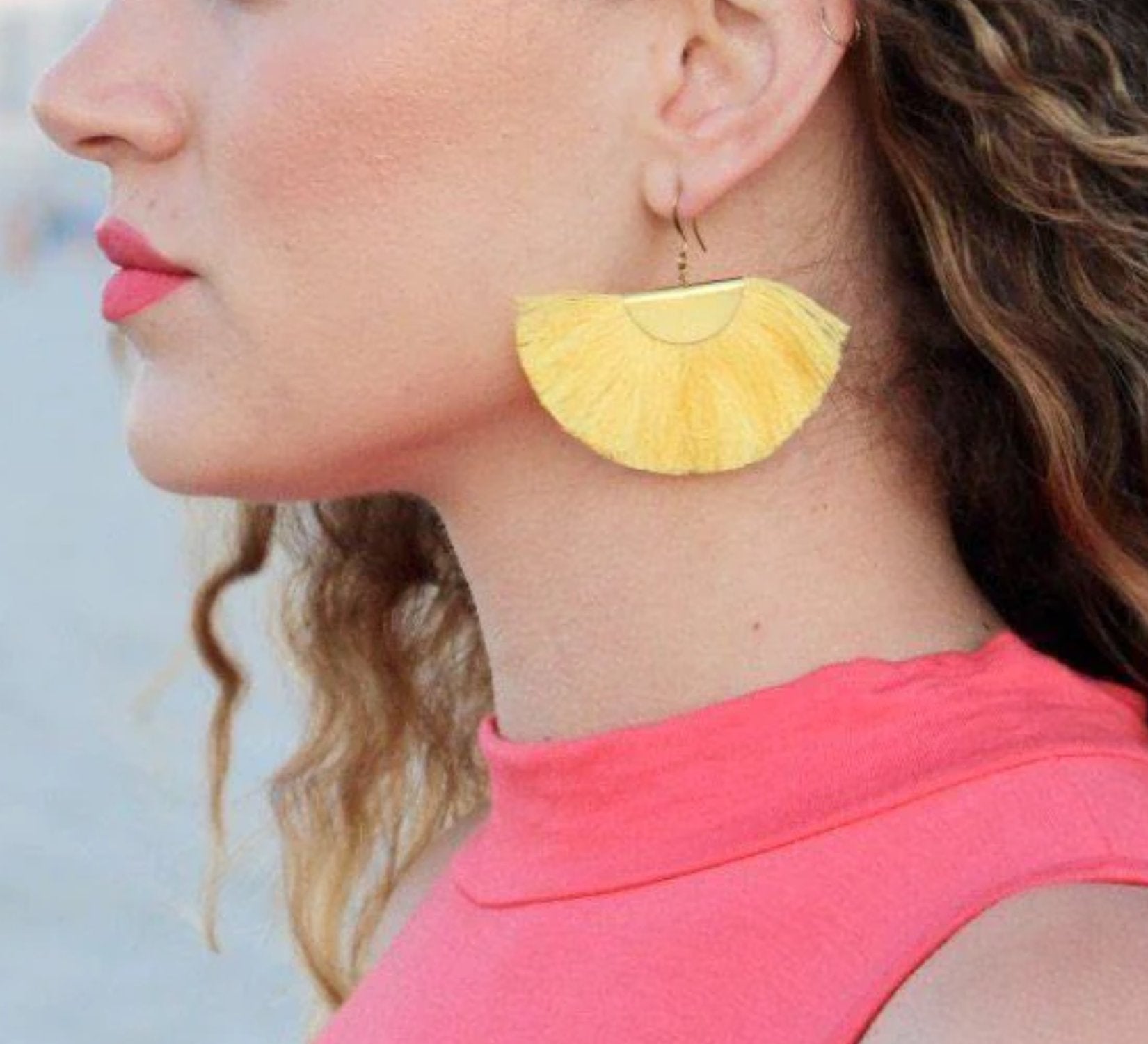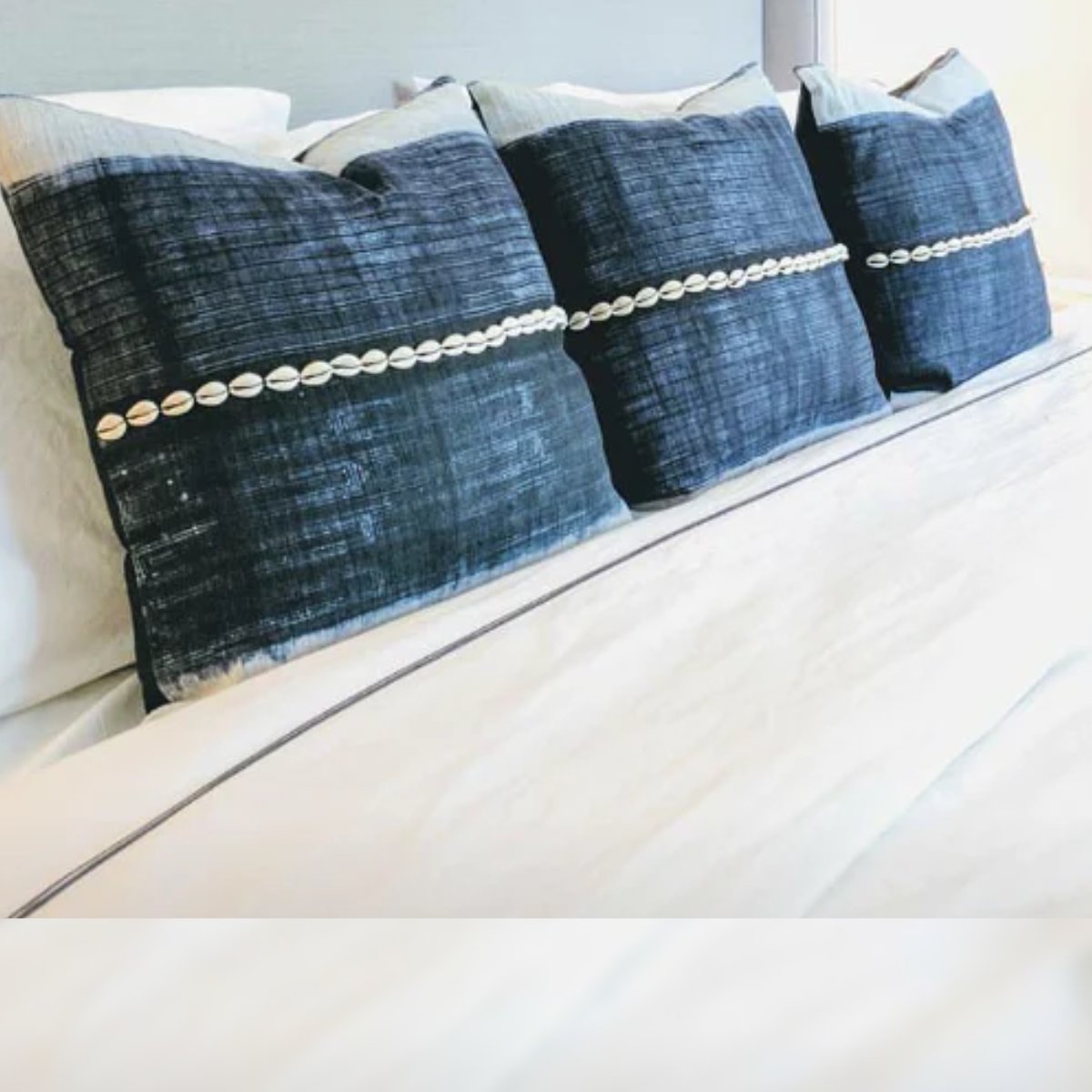Hmong textiles, especially the intricate embroidery known as paj ntaub (flower cloth), serve as a vibrant testament to the Hmong people's rich cultural heritage. These textiles are not just decorative; they are woven narratives, each stitch and symbol imbued with deep cultural significance. From their origins in the mountainous regions of China, Laos, Vietnam, and Thailand, Hmong textiles have evolved into a powerful medium for storytelling, identity, and resistance. For us at Lumily, it is an honor to connect with these meaningful traditions, celebrating the hands that create them and the profound messages they carry.

In a world where every stitch tells a story, the Hmong textiles stand as vibrant narrators of history, culture, and tradition. At Lumily, we celebrate these stories through our exclusive collection of Hmong textile products, including boho crossbody bags, purses, shoulder bags, and wallets. Each piece is not just an accessory; it's a portal to a rich cultural heritage, woven with care and respect for tradition.
The Importance of Hmong Textiles in Cultural Identity
Hmong textiles are more than mere clothing; they are a reflection of the identity and traditions of a community that has withstood time and adversity. Each textile, especially the famous paj ntaub, tells a unique story. These garments have been carriers of ancestral wisdom, passed down from generation to generation, with women playing a central role in preserving this tradition. From early embroidery to modern story cloths, each symbol is a whisper from the past, a reminder of the deep connection between people and their environment.
The creation of Hmong design patterns is, above all, an act of resistance. For years, the Hmong people faced persecution, especially during the Qing Dynasty, when they were forbidden from using their written language. In response, women began to encode their stories and language in their embroidery, effectively creating “coded clothing.” These garments became a form of cultural preservation, a way to safeguard their identity and pass down their history through Hmong symbols that could not easily be silenced.
The Meaning Behind Hmong Symbols: A Connection to Nature and Spirit

✨ Elephant’s Foot (Ko taw ntxhw): Represents the family unit and the foundation of life. This symbol reflects the importance of family and community in Hmong culture.
✨ Snail (Qab qwj): Symbolizes family growth and the interconnectedness of generations. The center of the coil represents the ancestors, while the outer spirals represent successive generations. The double spiral symbolizes the union of two families, usually through marriage.
✨ Mountain (Rooj): Symbolizes stability and permanence, representing the Hmong people's deep connection to their homeland. The mountain is a symbol of strength and rootedness.

✨ Ram’s Horn (Kub yaj): Denotes strength and resilience, commonly used to represent bravery and protection.
✨ Chicken Feet (Ko taw qaib): Represents sacrifice and generosity, often found in the garments of married women to symbolize fertility and abundance.
✨ Trident (Tus cim caiv): A symbol of spiritual protection, this motif is used to ward off evil spirits and ensure the safety of the wearer.
✨ Ladder (Tus ntaiv): Symbolizes ascent and progress, often used by young women to signify their transition to maturity.
✨ Eye (Tus muag): Represents vigilance and wisdom, serving as a protective charm to guide the wearer and shield them from negative influences.
The Craftsmanship Behind Hmong Fabrics: A Blend of Art and Soul

Creating Hmong textiles is an intricate process that blends art, patience, and spirituality. Hmong women are the keepers of these ancient techniques, and each piece they create is an act of devotion and storytelling.
✨ Embroidery: The art of hand-embroidery is central to Hmong textiles. Each stitch is a reflection of the artisan’s skill and creativity. Through embroidery, the Hmong people have transformed garments into coded messages, preserving stories, language, and history.
✨ Tie-dye and Batik: These traditional dyeing techniques play a crucial role in creating the vibrant colors of Hmong textiles. The process is not just about adding beauty; it’s about creating fabrics with spiritual power—to protect and bless the wearer.
✨ The Craftsmanship: A single textile may take days, or even weeks, to complete. The time and care involved in the creation of these pieces are a reflection of the importance placed on each detail. The artistry behind Hmong textiles is not just in the final product but in the care and dedication infused in every stitch and design.
Historical Context and Resistance: Weaving Stories of Survival
Throughout history, the Hmong people have faced many challenges, including forced migration and persecution. Under the Qing Dynasty, they were forbidden from using their traditional written language. In response, Hmong women began to encode their language and stories directly into their textiles. These textiles became forms of cultural resistance, with each symbol and pattern carrying hidden messages that preserved their heritage.
The Hmong symbols on these garments were a way to safeguard cultural identity and pass on ancestral knowledge in times of adversity. Textiles became more than just fabric; they became a tool for survival, ensuring that the stories of the Hmong people would live on, even in the face of external oppression.
Modern Interpretations and Preservation: Hmong Textiles in the Diaspora
Today, Hmong textiles continue to evolve, especially in the diaspora. In places like the United States, Hmong artisans have adapted traditional patterns into story cloths, depicting scenes from Hmong history and daily life. These textiles not only preserve cultural narratives but also serve as a form of education for broader audiences, helping others understand the rich history of the Hmong people.
By preserving and sharing these traditions, Hmong artisans ensure that their culture is never forgotten. Hmong design patterns are no longer just for the homeland—they are a global expression of identity and resilience.
Wear the Story of the Hmong People

At Lumily, we are proud to collaborate with artisans who create these meaningful textiles. Each purchase you make supports not only the craftsmanship of these women but also their cultural preservation. As you wear these pieces, you’re wearing the history and stories of the Hmong people—a legacy that endures through every thread.
👇🏼














































Leave a comment